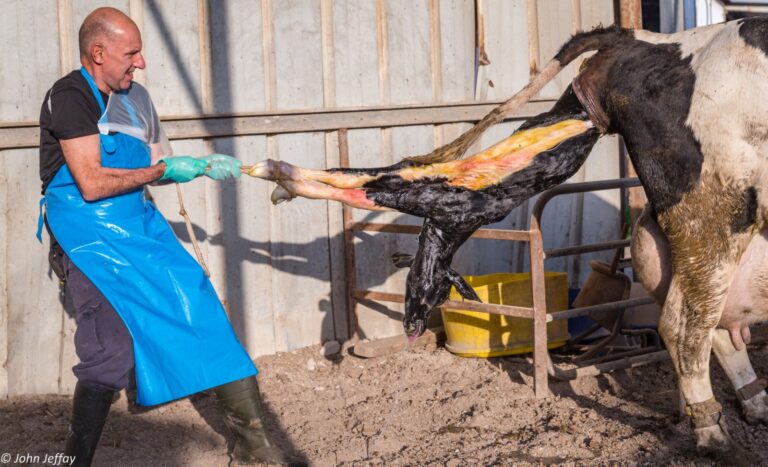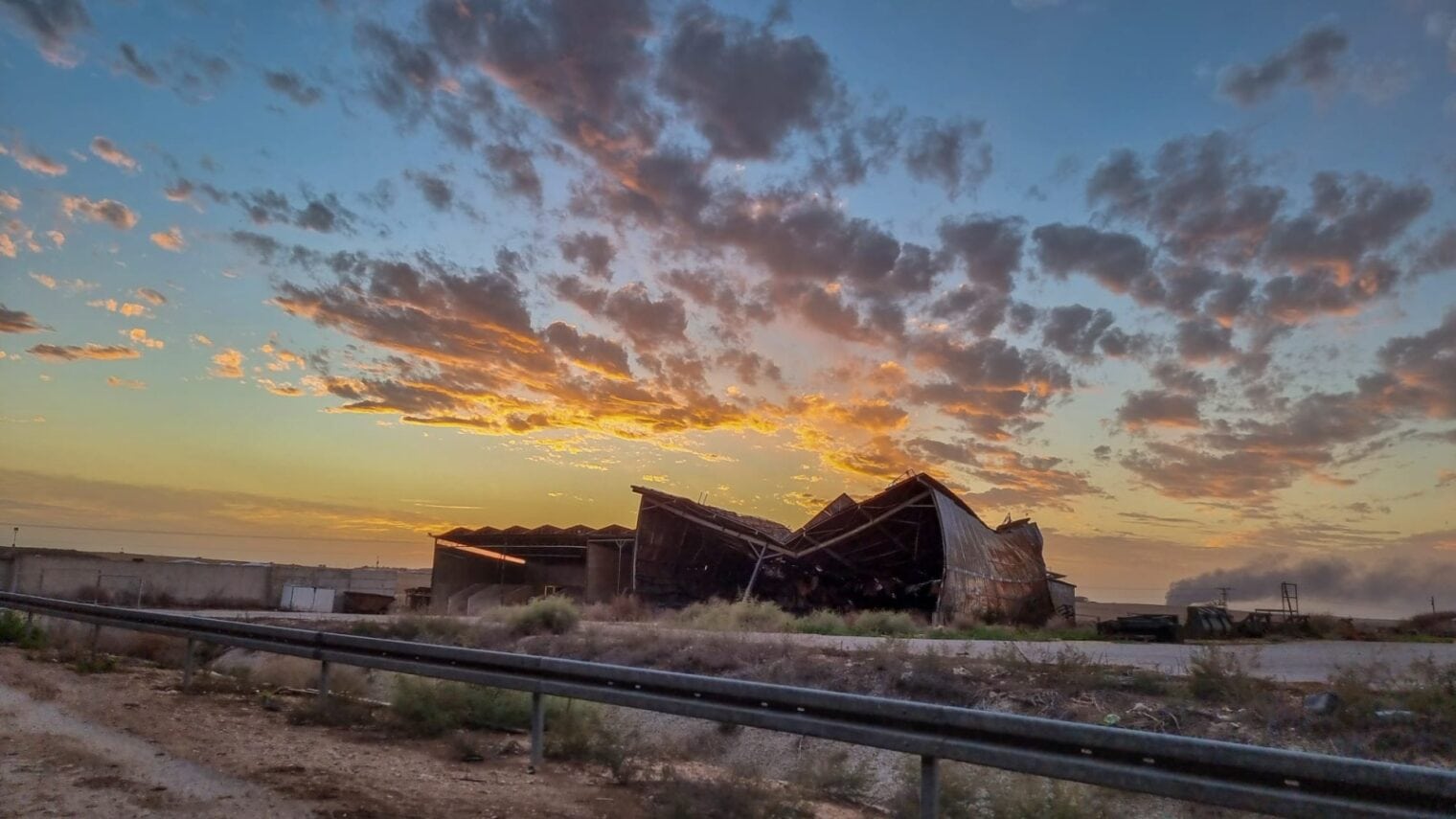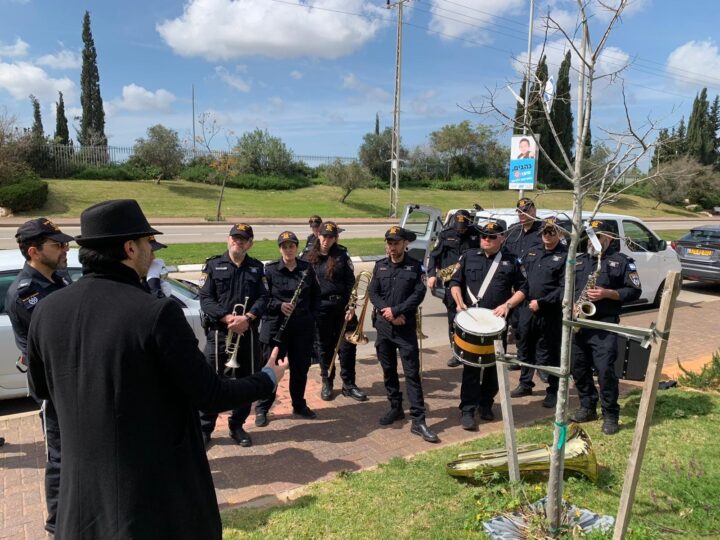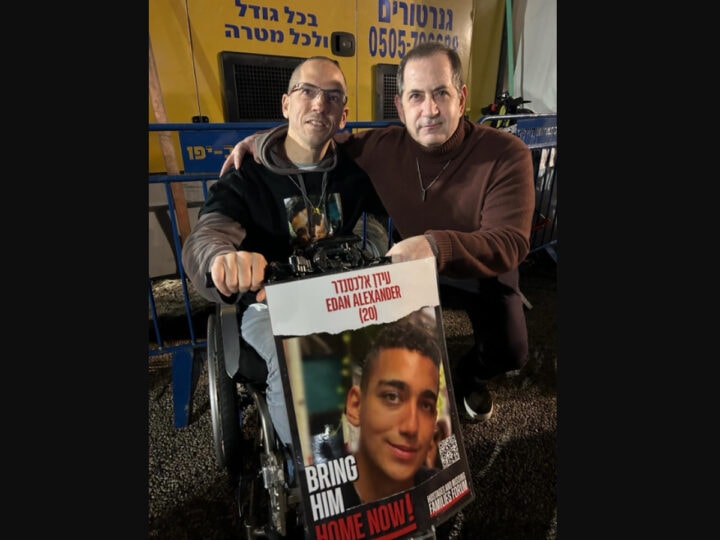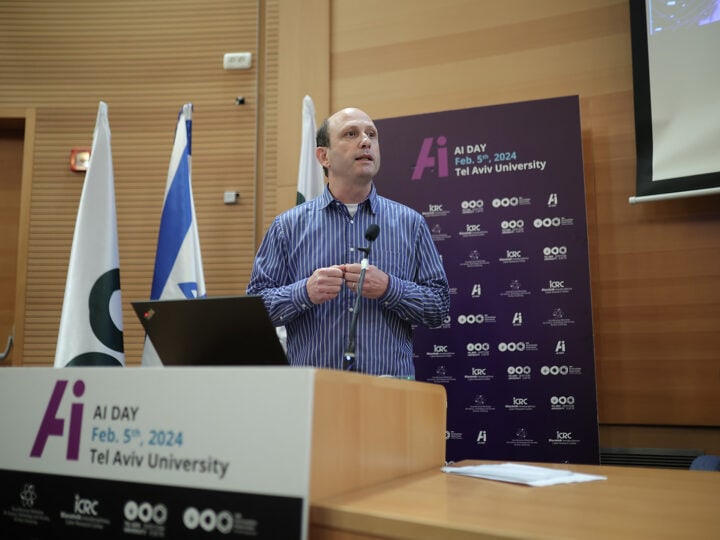Esther Marcus spent October 7 sheltering in her safe room from the Hamas terrorists who had infiltrated her kibbutz – and trying her best to help callers to the mental-health hotline she staffs.
She is a wife, a mother, a grandmother and a resilience counselor. Her job in supposedly normal times is to help those suffering extreme anxiety from rockets, shootings, stabbings and other terror attacks.
Marcus, originally from London, is well used to rocket attacks. Kibbutz Alumim, where she lives, is an easy target, just 3 kilometers (less than 2 miles) from the Gaza border. When the siren sounds, she has 15 seconds to run for cover.
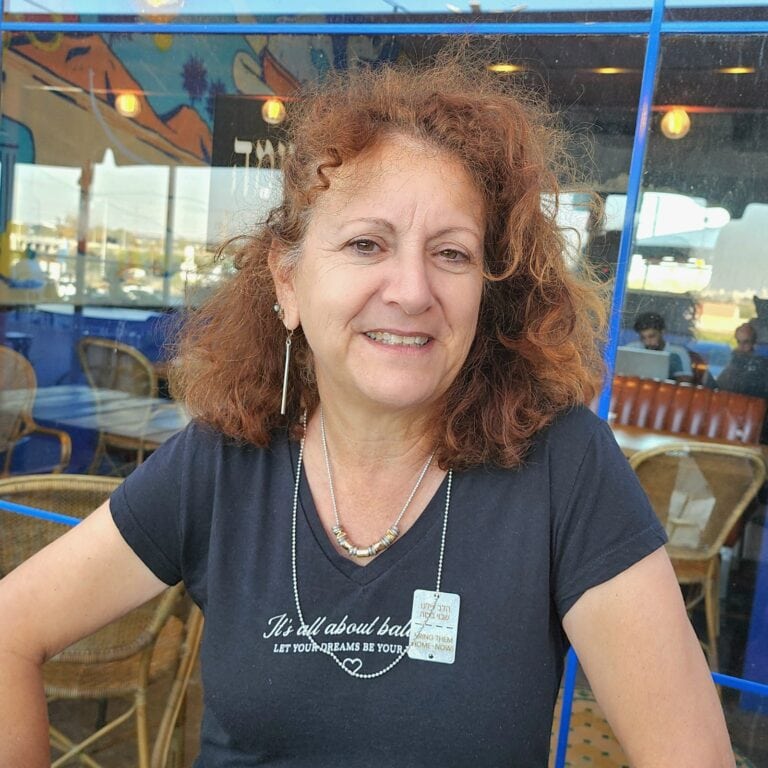
But when the rockets started at 6:29am on October 7, she instantly knew it was like no other attack. It was relentless. Marcus, her husband Stevie, and six other family members spent the next 27 hours hiding, hoping and praying they’d survive.
Throughout that time she was also receiving calls to the resilience center hotline from desperate people seeking help, information and reassurance. Sometimes she was able to answer; other times she had to reject the call and contact them later because the terrorists outside were so close they might hear her.
Marcus and her family all survived, although 20 foreign workers from Thailand and Nepal were slaughtered and one was taken hostage. Two men from her kibbutz were killed that day, and a third died later in battle.
Three other men were severely injured in combat. They survived, as did a 78-year-old man who was shot at home. The Hamas terrorists also torched the cowshed managed by Stevie, and destroyed fields, orchards, chicken coops and agricultural infrastructure.
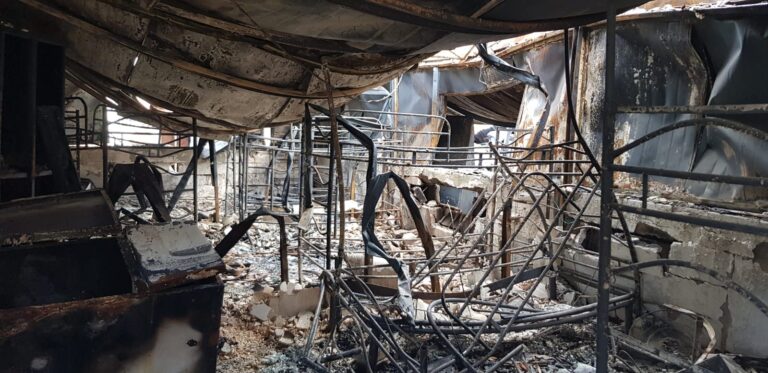
Marcus’ job now is to expand the network of resilience centers across Israel to cope with the surge in demand and the displacement of around 250,000 people – including Marcus herself — from their homes on both the southern and northern borders.
The resilience center in Sdot Negev Regional Council, where she is based, provides emotional first aid to 5,000 of these evacuees as well as a further 8,000 residents who have remained home living under difficult conditions.
Built-in mechanisms
It’s normal to have an anxious or fearful reaction to an abnormal situation, she says. We all have built-in mechanisms to deal with that anxiety and fear.
“It could be your blood pressure goes through the roof, you have difficulty breathing, you’re sweating, or you have headaches,” she said. “Some people get to the stage that they actually faint. Some people throw up.
“They think they’re going to die, that something terrible is going to happen, and that can lead to behavioral symptoms, like ‘I’m never going to leave my house, I don’t even want to leave my bedroom. I don’t want to see my friends, I don’t want to speak to anybody.’ It builds up.
“Nobody wants to be a victim. We’re all brought up to be strong and solid, we make decisions, we take responsibility.
“We associate being a victim with being weak. And what we do in resilience [counseling] is to show people that acknowledging that you’re a victim is a strength. It means that you can put up your hand and say, ‘This is what happened to me, and this is what I need.’ Where do I get what I need?”
Resilience, Marcus said, “is about holding it together and letting go of things at the same time and it’s about regaining your balance, being aware of your emotions and your physical reactions and dealing with hard questions, knowing that you may not find all the answers.”
BASIC-Ph
Resilience centers were first launched under the umbrella of the Israel Trauma Coalition (ITC) in response to the Second Lebanon War against Hezbollah in 2006.
The centers are funded by the government’s National Insurance Institute. Israelis can qualify for up to 24 free sessions with a therapist.
The approach of the resilience centers is based on pioneering work by Israeli psychologist and psychotrauma specialist Prof. Mooli Lahad.
Lahad’s BASIC Ph resilience model identifies and utilizes the six coping strategies we all employ to some extent, whether consciously or not:
- B (Belief in core values)
- A (Affect – expressing ourselves emotionally)
- S (Social – friendship decreases isolation)
- I (Imagination – expression through creative arts)
- C (Cognitive – solving problems to take control)
- Ph (Physical activity).
Marcus and her team guide clients to make the best use of tools they already have.
“What we do is based on solution-focused, short-term therapy, where we help people identify what they can do, how they can help themselves with their breathing techniques, or learning how to discharge tension,” she said.
New challenges
The first ITC resilience centers were established in Sderot, Eshkol, Sha’ar HaNegev, Sdot Negev and other locations close to the Gaza border. Others were opened later in Judea and Samaria in response to increased terror attacks there.
In the wake of the October 7 massacre, 11 new centers have been opened to cope with a spike in demand, notably in Eilat and the Dead Sea, where huge numbers of refugees are now living in hotels.
“What we do in resilience counseling is to show people that acknowledging that you’re a victim is a strength.”
“Seven years ago, when I started working at the resilience center there were eight people in my staff of therapists,” said Marcus.
Over the years, the staff grew to 16 and in the wake of October 7 it has ballooned to 70 therapists. In the city of Sderot, less than a mile from the Gaza border, the number of therapists had increased from 40 to 400.
The challenges they face with clients are on a new and unprecedented scale.
“Terrorists were sent to kill us, to wipe us out,” Marcus said.
“People were in safe rooms for over 20 hours not knowing what was going on outside. That’s very traumatic. People have also suffered the trauma of losing a member of their family.”
In addition to those who have suffered bereavement, witnessed unspeakable horrors or have loved ones serving or being held hostage in Gaza, tens of thousands of people lack a sense or purpose or self-determination. They’ve been moved away from their jobs and everything that is familiar.
‘When can we go home?’
“You’ve got families with between four and seven children that have been stuffed into a bedroom,” said Marcus. “You’ve got an 18-year-old sharing his bedroom with all his brothers and sisters. And you’ve got situations where the parents don’t know where their kids are.
“You’ve got situations where the father is on kitot konenut (volunteer rapid-response teams) so the mother has now become like a single parent. There are a lot of financial worries and a tendency to go towards depression,” she said.
Marcus and her staff at Sdot Negev provided 1,500 displaced families – many who fled with little more than the clothes on their backs — with Hanukkah kits containing a hanukkiyah and a therapeutic gift for each of the festival’s eight nights. These include a jigsaw puzzle of anemone fields, printed at Kibbutz Be’eri, which was devastated on October 7; and a wooden jenga game from the synagogue furniture factory at Kibbutz Lavi in the Galilee.
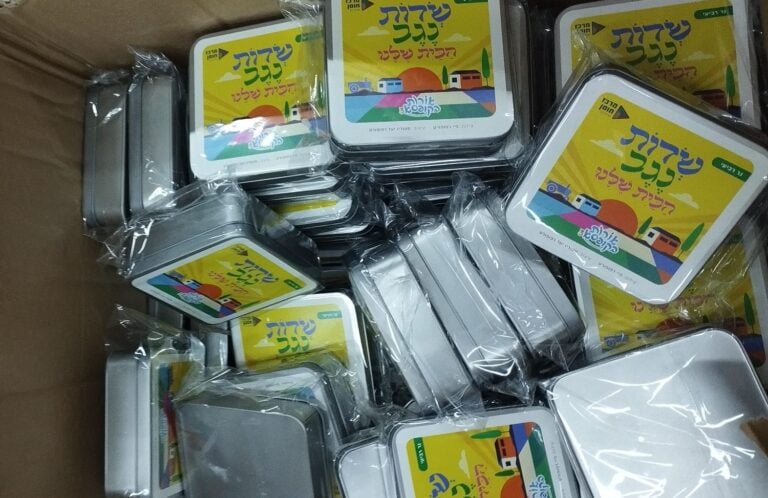
“People don’t have the energy to do anything. Because they’re spending so much of their energy just physically getting up, getting their kids dressed, getting them out to school. Couples don’t have any time just to be together.
“And it’s about not knowing what’s going on. Can we go home? When can we go home? A lot of control has been taken away from us, other people deciding things for us,” Marcus explained.
“Everybody’s living constantly with stress, with grief, with fear. They’re still carrying so much fear. We have to respect that.”
Marcus is helping to train therapists in techniques such as reframing.
Reframing, she explained, is “helping somebody accept their story and identify what helps get them through the day. It’s about accepting that things may never be 100%. But 70% is 100%.
“And if you’re living your life, mainly doing what you want to do and you’re true to yourself, and you can stand back and say, ‘Yeah, my kids are okay and I’ve given them what they need,’ then you’re going to be okay.”
Author’s note: Esther and Stevie Marcus were evacuated along with other Kibbutz Alumim members to Netanya in central Israel. Stevie traveled south as often as possible to tend to the cows. Soon after this article was written, another personal tragedy struck Esther Marcus when Stevie, 62, suddenly passed away.
